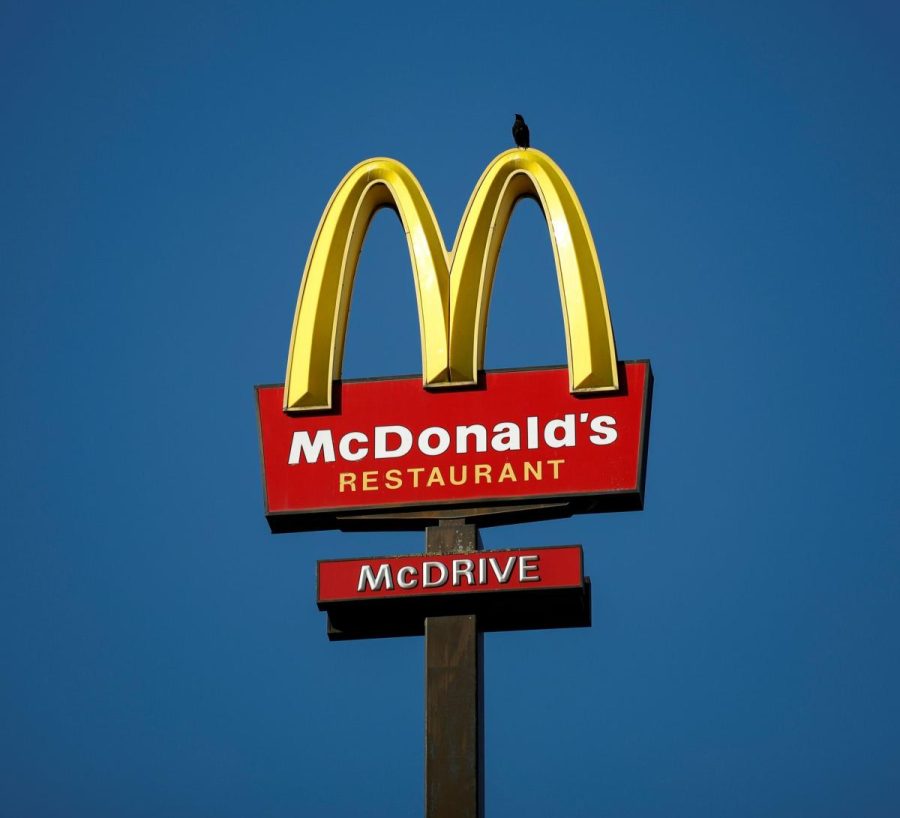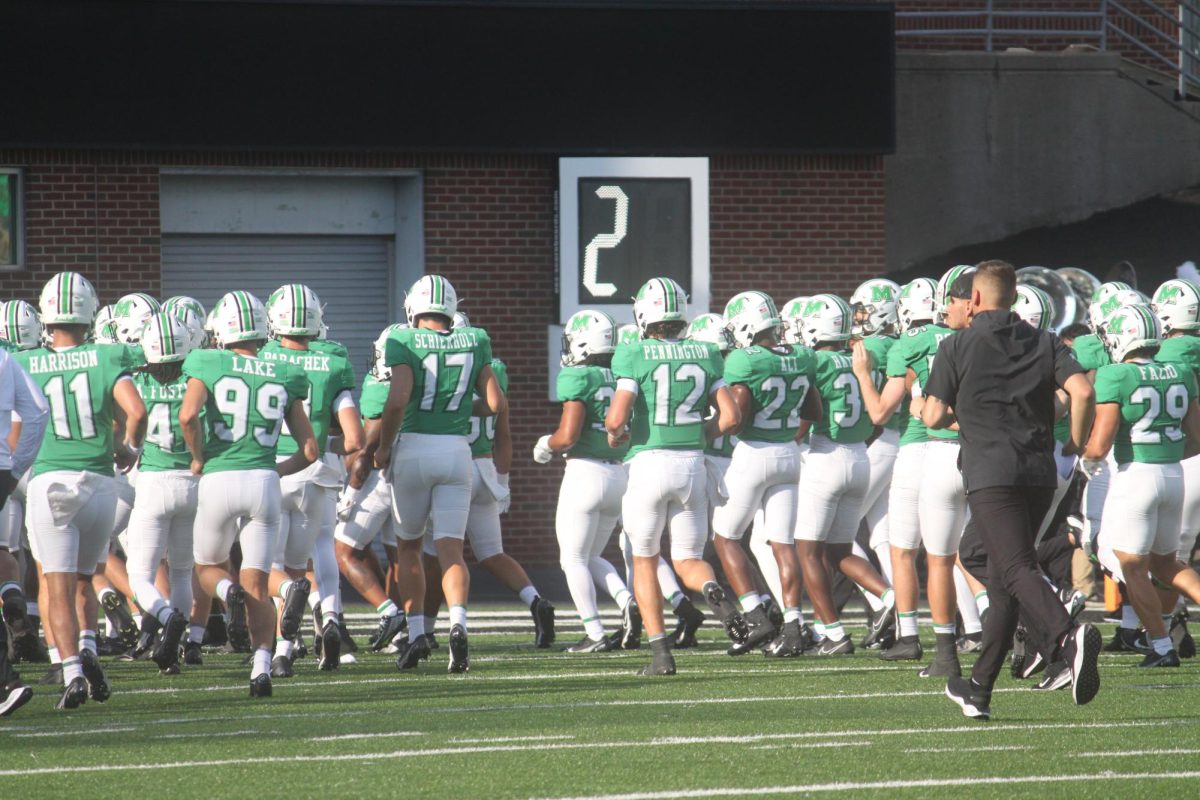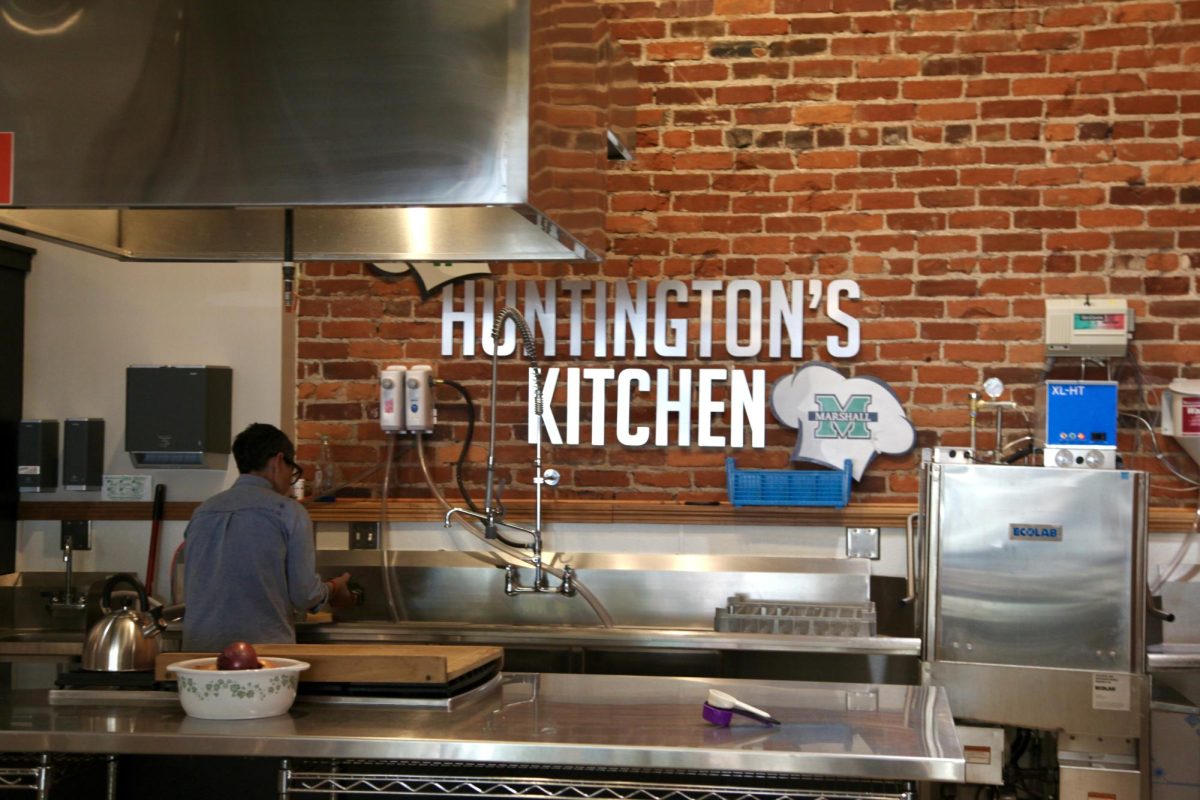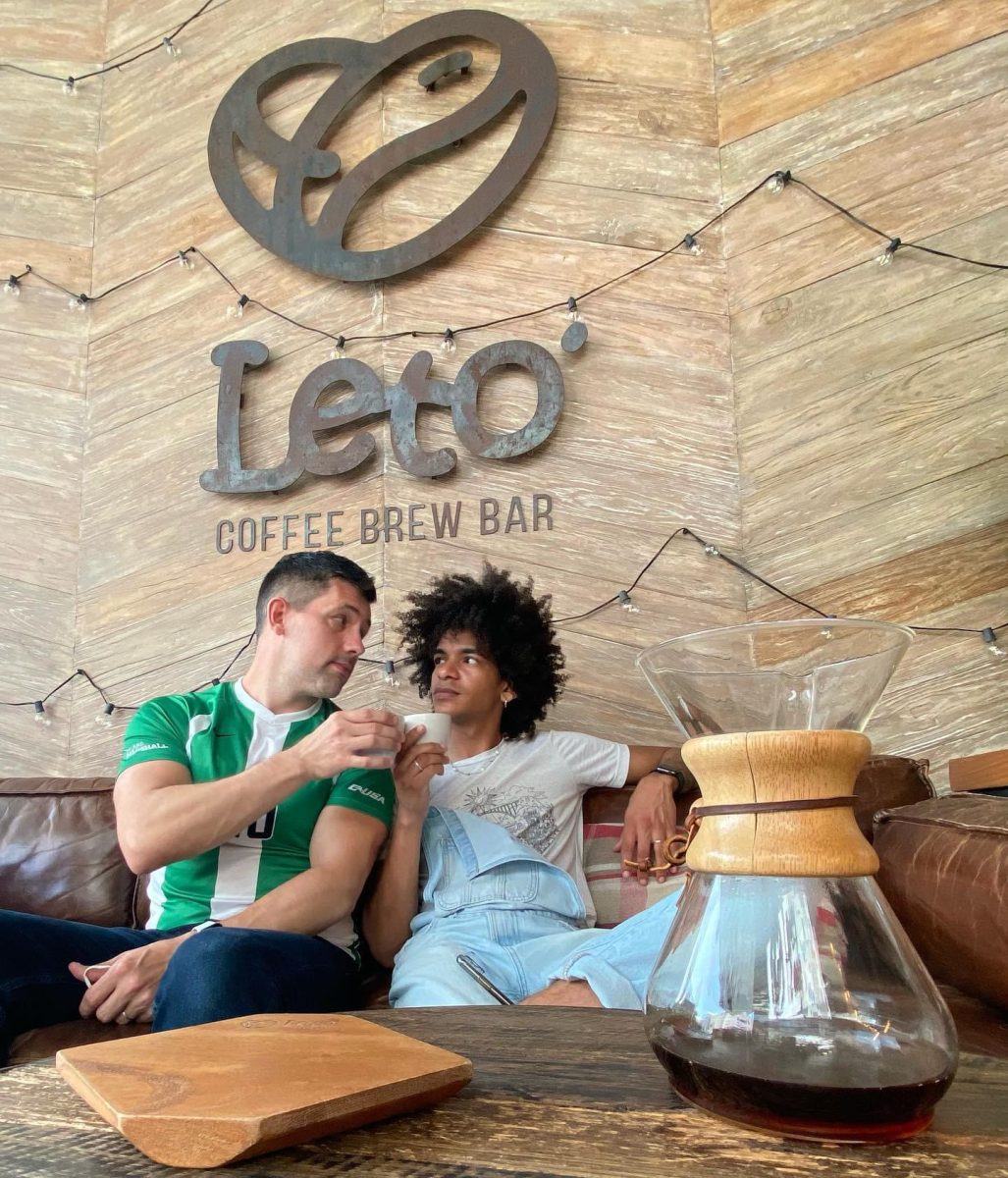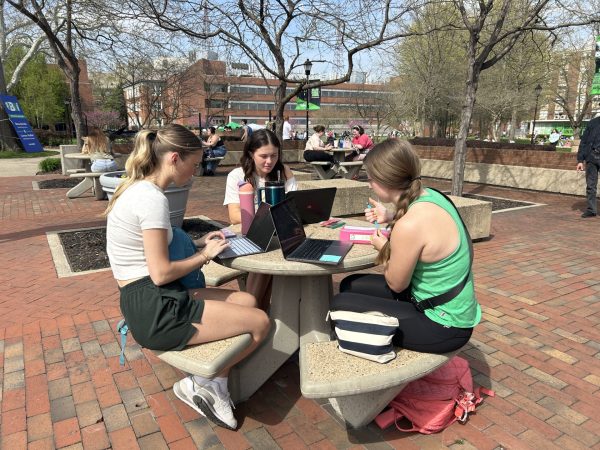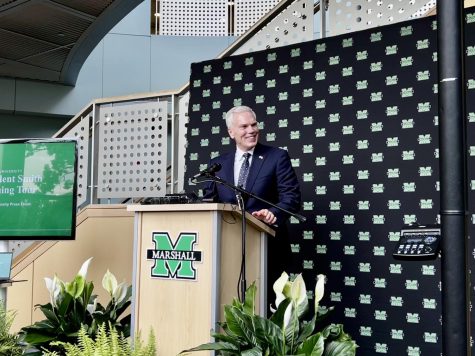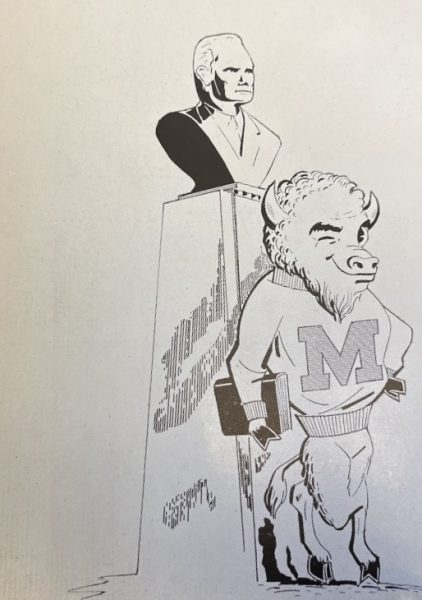Students Pick Between Healthy and Cheap and Convenient
April 5, 2022
Should I go through the McDonald’s drive-thru, or prepare a balanced healthy meal at home? Students at Marshall University face this dilemma on a day-to-day basis on top of schoolwork and passing their classes.
“At home you can prepare a healthy meal compared to fast food restaurants that lack healthy menu options” said Amy Gannon, EdD, RDN, LD, an Assistant Professor and Director of the Undergraduate Dietetics Program at Marshall University. “Students should aim more for whole food options rather than fried foods.”
Marshall students, like most college students, are on a budget while earning their degree. Students most of the time are working part time to afford tuition or to pay their rent each month. This leaves students with a small budget where their only option is a fast-food meal for under $10 or unhealthy cheap options at the grocery store.
“Fast food may be cheaper right now, but in the long run it can cause diabetes or other health problems” said history professor Chris White.
Students that have a meal plan on campus have the options of Chick-fil-A, Starbucks, La Famiglia, Steak ‘n Shake, and a few others. The meal swipes that a student uses for breakfast, lunch and dinner are also provided with the option of a soda or other sweet drinks.
“The sugary high fructose drinks that many college students drink is a large source in calories and provide no other nutrients whether it is alcoholic or nonalcoholic.” said Gannon. “College students go from high school where they play sports and exercise to a more stationary lifestyle where it intends to cause a change in their figure.”
The Harless Dining Hall on campus does have signs to indicate to students how many calories are in what they choose to eat and if it is a vegan or vegetarian option.
“You won’t have to worry about counting calories if you eat naturally, in the grand scheme of history our food consumption patterns have changed tremendously overtime” said White. “We are eating things that have been designed to make us overeat in the past 50 years in particular with food additives that make food so desirable that are molecularly conditioned that way it is hard for people to stop.”
Choosing healthy food options can be even more difficult for students living off-campus, as they are tasked with making their own meals while balancing their schoolwork and personal lives, but careful budgeting and planning can make a healthy lifestyle possible for these students.
“A much more sustainable cycle would be if we can eat like our hunters and gathers ancestors did or how they do today. If we look out in nature and we start searching for food to eat we will not find sugar, the closest we would find is honey” said White.
The iced coffee drinks, sweet desserts, and Baja Blasts that many students consume daily are high in sugar.
“Nature has all these buffers built in, fibers, stinging insects to protect access to sugar because it is so rare in nature.” said White. ” We would instead find seeds, nuts and animals where there are only two ingredients in all, which are energy rich that have fat and protein.”
Whether a student lives on or off campus, choosing healthier options of what to consume daily is challenging on top of everything else as a student has to deal with. Students that want to make a change in their diet must learn discipline and ask themselves what the best dietary option is for them.


